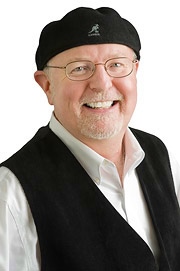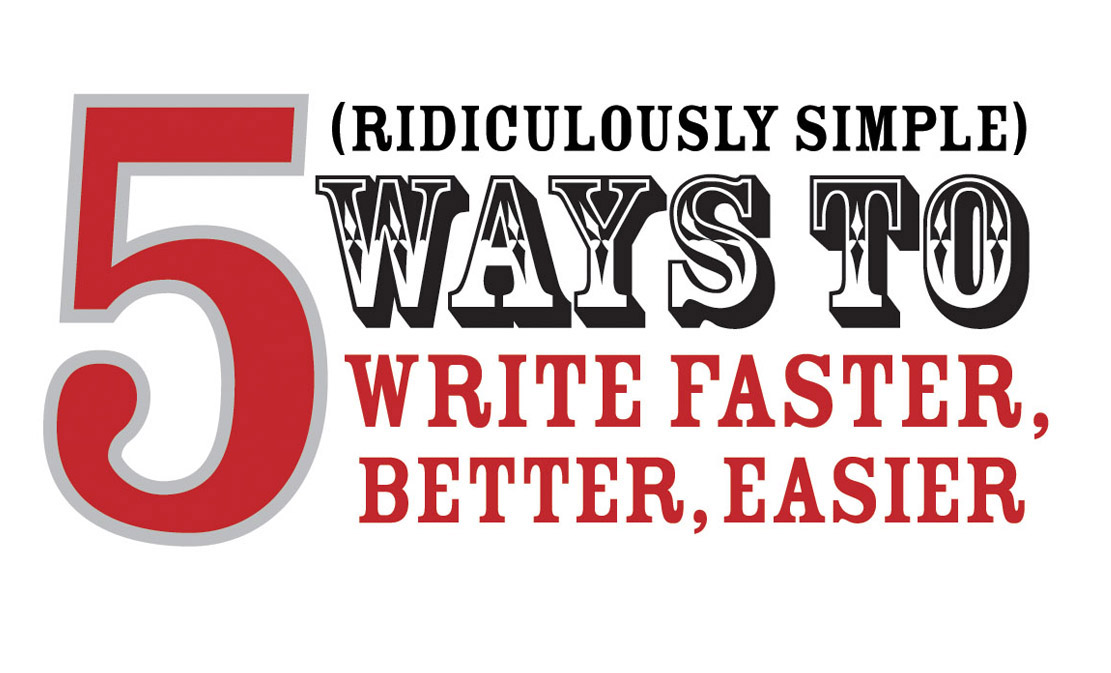Is Capitalism 'Conscious?'
 Friday, November 10, 2006 at 08:15AM
Friday, November 10, 2006 at 08:15AM 
You probably don't know John Mackey.
But I bet you've eaten his food.
Whole Foods, that is.
John is the CEO and co-Founder of Whole Foods. John's new blog post centers around creating a new paradigm for business using "conscious capitalism" as his model.
It's a long article, but worthy of your attention if you still think of corporations as "machines."
And if you're stuck thinking that the sole purpose of business is to create money...save your time and don't bother reading John's riff.
If you been sleeping, it's time to wake up. And John's theory on the purpose of business is the perfect alarm clock to have by your side.
For starters, John embraces:
1. The Good 2. The True 3. The Beautiful 4. The Heroic
Doesn't sound like a machine to me.
Tom






